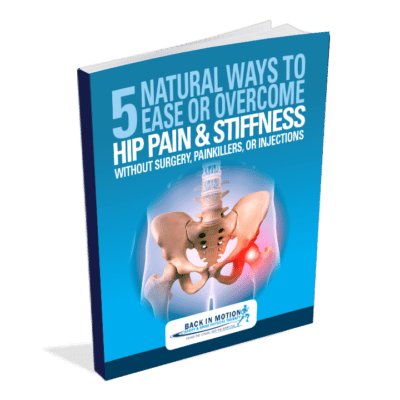Gluteal Tendinopathy
Gluteal Tendinopathy- What You Need to Know
Generally, Gluteal Tendinopathy is the primary local source of lateral hip pain, or greater trochanteric pain syndrome, previously referred to as trochanteric bursitis.
A person may experience pain over the greater trochanter that may extend down the lateral thigh.
This condition is prevalent, particularly among postmenopausal women, and has a considerable negative influence on quality of life.
People with this condition will have difficulty with lying on their side at night, standing, walking, climbing up or down stairs, and sitting.
Is this something usual?
It is relatively common affecting 10-25% of the population.
It is 3 times more prevalent in women than men and is most common in women between the ages of 40 and 60.
One of the reasons for this is women tend to have a greater angle at their hip joint increasing compressive forces on the tendon.
Signs and Symptoms include:
- Pain on the outside of your hip, can refer down outside of the thigh to the knee
- Worse when going up and/or down stairs
- Worse lying on affected side (and sometimes on the other side)
- Worse when crossing legs
How can this be diagnosed?
A thorough examination of the hip, back, and pelvis would be undertaken to determine if the primary cause of the trochanteric pain lies at, or is distant to, the greater trochanter.
It is important to note that the site of any reproduced pain provides the clinician with valuable information, increasing the diagnostic accuracy of the test.

Want to See How We Can Help You?
Claim A Free 20 Minute Discovery Visit….
It seems like I’m having the symptoms. What should I do?
- Stand in a neutral hip position and avoid hip hitching (where you push or drop one hip out to the side). To reduce compression on the glute tendon and ITB, stand with feet hip distance apart, evenly distribute your weight between both feet and maintain a neutral pelvic position.
- Lying on your side can compress either the top or bottom gluteal tendons. If your lateral hip pain is severe, you may need to avoid sleeping on that side for a few weeks. To avoid compression in the top hip, place a firm thick pillow between your knees to keep your knee in line with your hip.
- Be aware of how you’re sitting during the day, do you sit with your legs crossed? Sitting with one leg crossed over the other, puts both hips into an adducted position increasing compression on the gluteal tendons. Aim to sit with the knees at hip distance and feet resting on the floor.
- Keep exercising! Gluteal Tendinopathy is more than often degenerative in nature and require ongoing load. If you find you get worse with more rest, it’s a good sign you need to keep up with your usual exercise routine to keep the tendon happy. Degenerative tendons usually get worse with rest, so sitting around and waiting for it to “heal” usually won’t help.
If you’re unsure of where, or how you’ll start to get yourself moving, get in touch with a Physical Therapist in Fort Myers that will help you get into the rhythm.
Call our office at 239-223-0484 and schedule your appointment today!

GET YOUR FREE REPORT
5 Natural Ways To Ease or Overcome Hip Pain & Stiffness… Without Surgery, Painkillers, or Injections
Ready To Get Started?
Hit the orange button below to arrange a call back or call us directly at 239-223-0484
About Author: Dr. Scott Gray
Dr. Scott Gray is an internationally recognized and expert physical therapist specializing in sport, athletic, and back and neck injuries. He is the inventor of a revolutionary form of treatment called the GRAY METHOD. This type of treatment unlike others, addresses the CAUSE rather than just your SYMPTOMS with a full-body approach.




